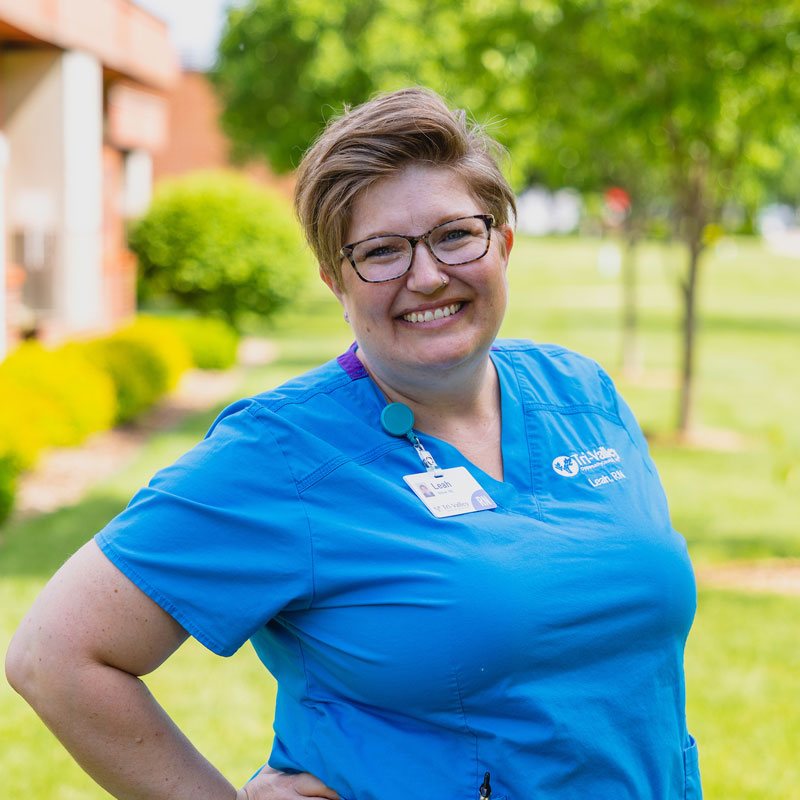Resume
You will need a resume or curriculum vitae (CV) when you apply to graduate schools. A resume and CV are related, but a CV is often longer than a resume and includes more detailed information.
Brainstorm. Before you try and format your resume as you write, brainstorm every possible job, scholarship, activity, etc., that you’ve participated in. After you’ve brainstormed, decide which ones are most important and include those on your resume.
Tailor. You want to tailor your resume to the type of program and school you are applying to. If you’re applying for a Professional Writing program, make sure you highlight the writing you’ve completed in your work and school activities. It’s also a good idea to highlight other skills you’ve developed throughout your college career.
Categorize. You will want to categorize your different activities for easy reading. Categories include, but are not limited to the following:
- Objective
- Education
- Work Experience
- Related Experience
- Coursework Experience
- Activities
- Presentations
- Skills
- Achievements
- Special Projects
- References
- Qualifications
Simplify. Don’t include so much information that the graduate school committee has to sift through your resume to find anything of substance. Include important events and activities that you feel support your skills. And you don’t need to include much from high school. You should have at least three years of work and school experience to include over high school activities. If you feel something is truly important from high school and will carry over, include it on your resume.
Format. Each resume is different so don’t feel that you have to use a template. Templates can make it easier to start, but you can always create your own or format your resume the way you want. Typically for graduate school, you should place your education first. Leave some white space on your document or your information will look cluttered and unprofessional.
Create a header. It’s a good idea to create your own header with your name, address, phone number, email, and online portfolio link (if you have one). You can use this header on all of your documents, which will help the graduate committee remember your name and keep track of your application.
No one’s resume will look the same or include the same information, so don’t be afraid to go a little out of the box. Branding yourself with your resume design can be beneficial if your design is successful. See the resumes below for examples.
Last Modified: 9/9/22 10:15 AM | Website Feedback


